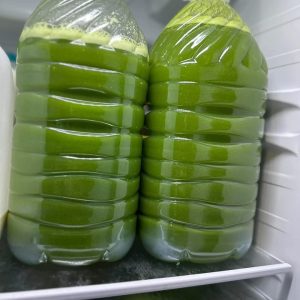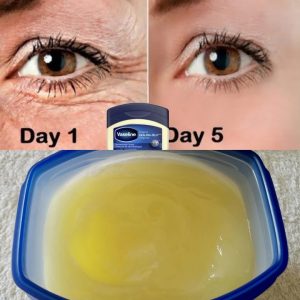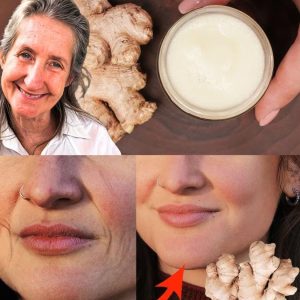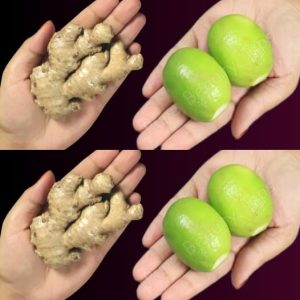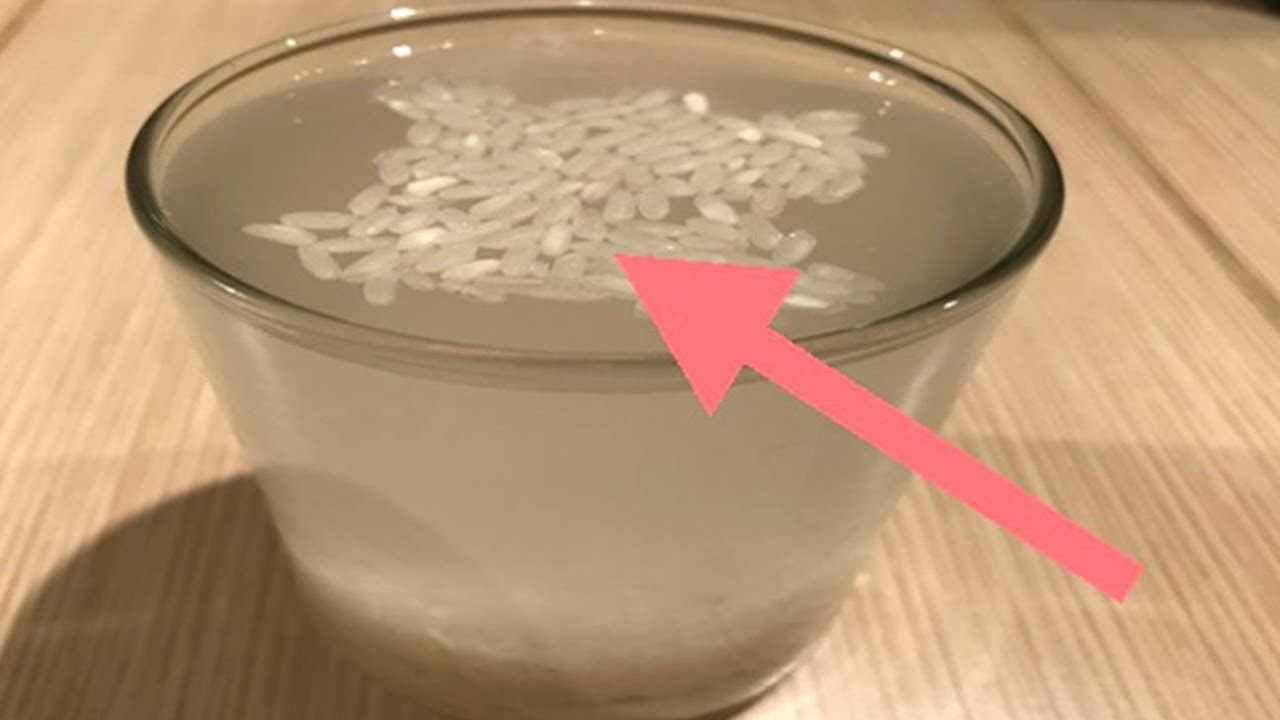
In recent years, there have been rising concerns about the presence of plastic rice on the market. These rumors, although largely unverified, have understandably caused anxiety among consumers. Knowing how to distinguish real rice from potentially adulterated products is crucial for ensuring the safety and quality of your meals. Here’s a simple guide on how to spot plastic rice.
Understanding Plastic Rice: Plastic rice is purportedly made from synthetic materials, mimicking the appearance of real rice. It is said to be manufactured for profit, bypassing food safety regulations. While confirmed cases are rare, being informed about how to test rice at home is a proactive step toward safeguarding your health.
How to Spot Plastic Rice:
1.The Water Test: Drop a tablespoon of your rice into a glass of water and stir it. Genuine rice grains will sink to the bottom, whereas plastic grains are likely to float due to their lighter density.
2.The Fire Test: Take a few grains of rice and hold them over a flame with a pair of tongs. Real rice will char and burn, emitting a toasted scent. Plastic rice will melt and possibly emit a plastic smell.
3.The Mortar and Pestle Test: Crush a few grains with a mortar and pestle. Real rice should powder easily and feel gritty. Plastic grains will not break down as easily and may have a more elastic texture.
4.The Boil Test: Boil a small sample of rice. Keep an eye on the water. If you notice a thick layer of residue that looks unusual, it might be indicative of impurities. Real rice will have some starch that floats to the top but it shouldn’t leave behind a significant residue.
5.The Mold Test: Cook some rice and let it sit in a warm place for two or three days. If it’s real rice, it will mold. Plastic rice will remain clear of mold due to its inorganic nature.
Why It’s Important: Eating plastic, obviously, poses serious health risks. Ensuring the authenticity of rice not only protects your health but also guarantees that you’re consuming nutritionally beneficial grains.
Purchasing Tips: To minimize risks, buy rice from reputable sources—trusted grocery stores or local markets. Familiar brands that adhere to food safety standards are less likely to sell adulterated products.
Conclusion: While widespread plastic rice may be more of a myth than reality, knowing how to confirm the authenticity of your rice provides peace of mind. Use these simple tests to ensure your rice is safe to eat, and enjoy your meals without worry.
